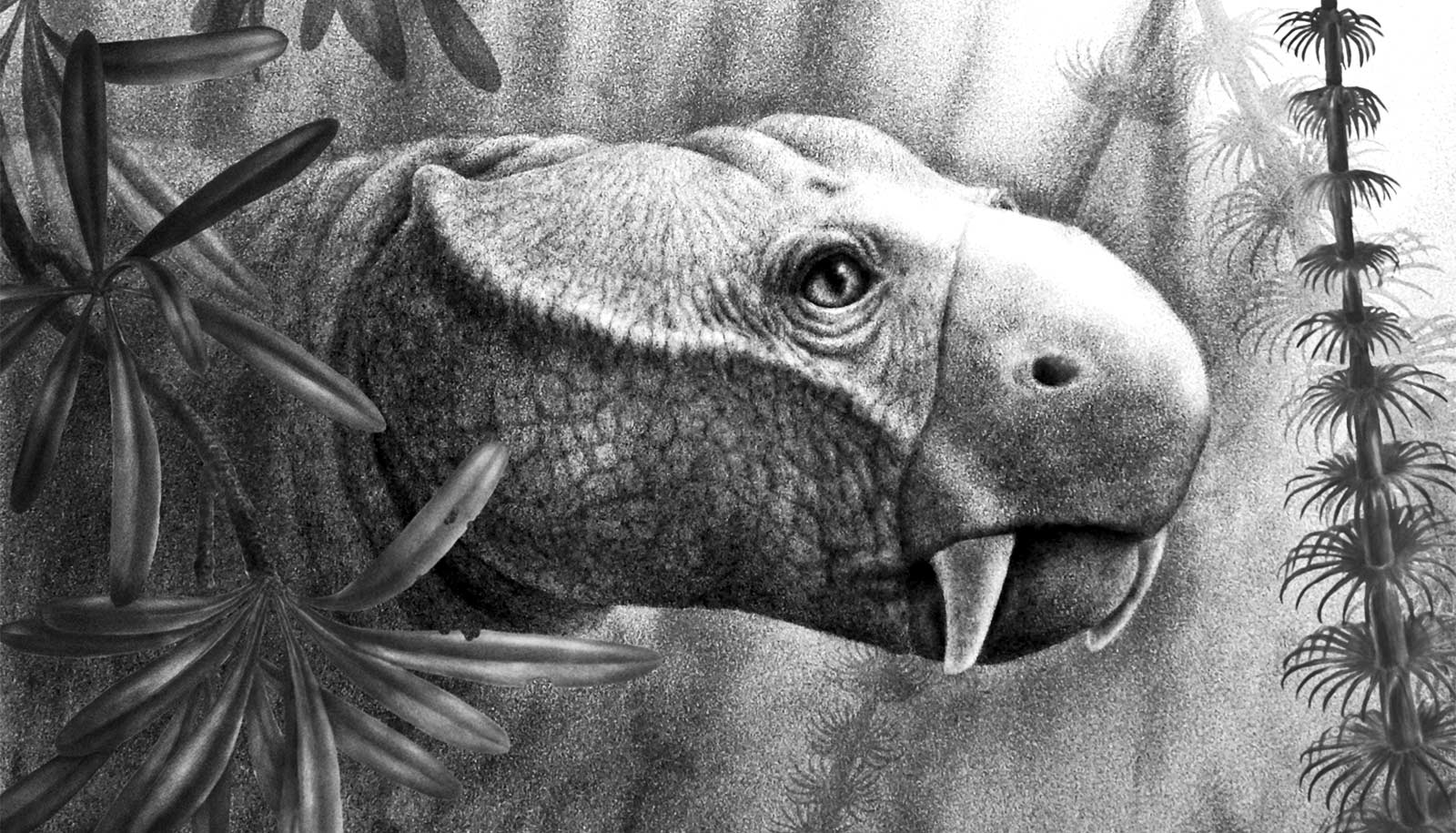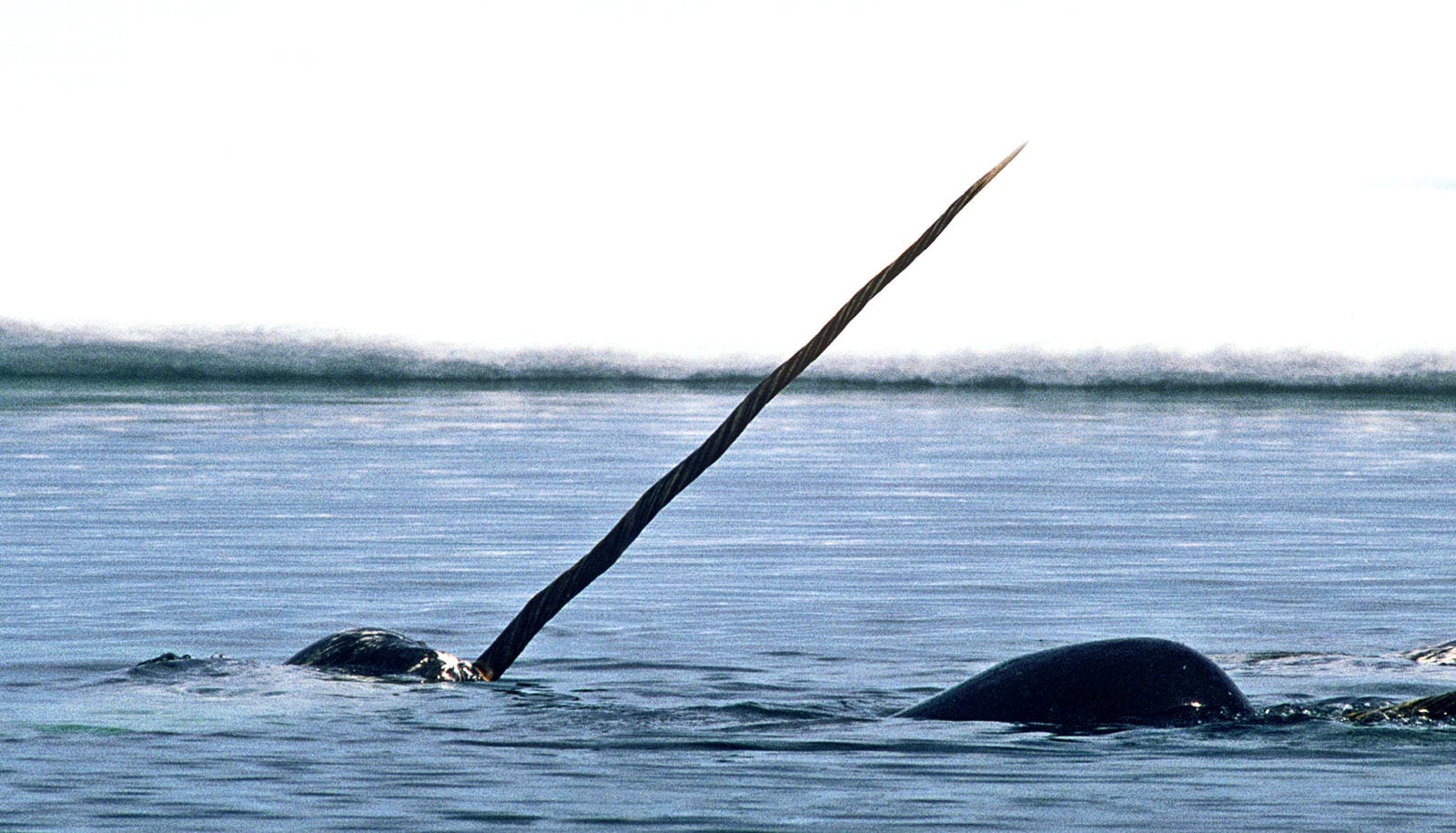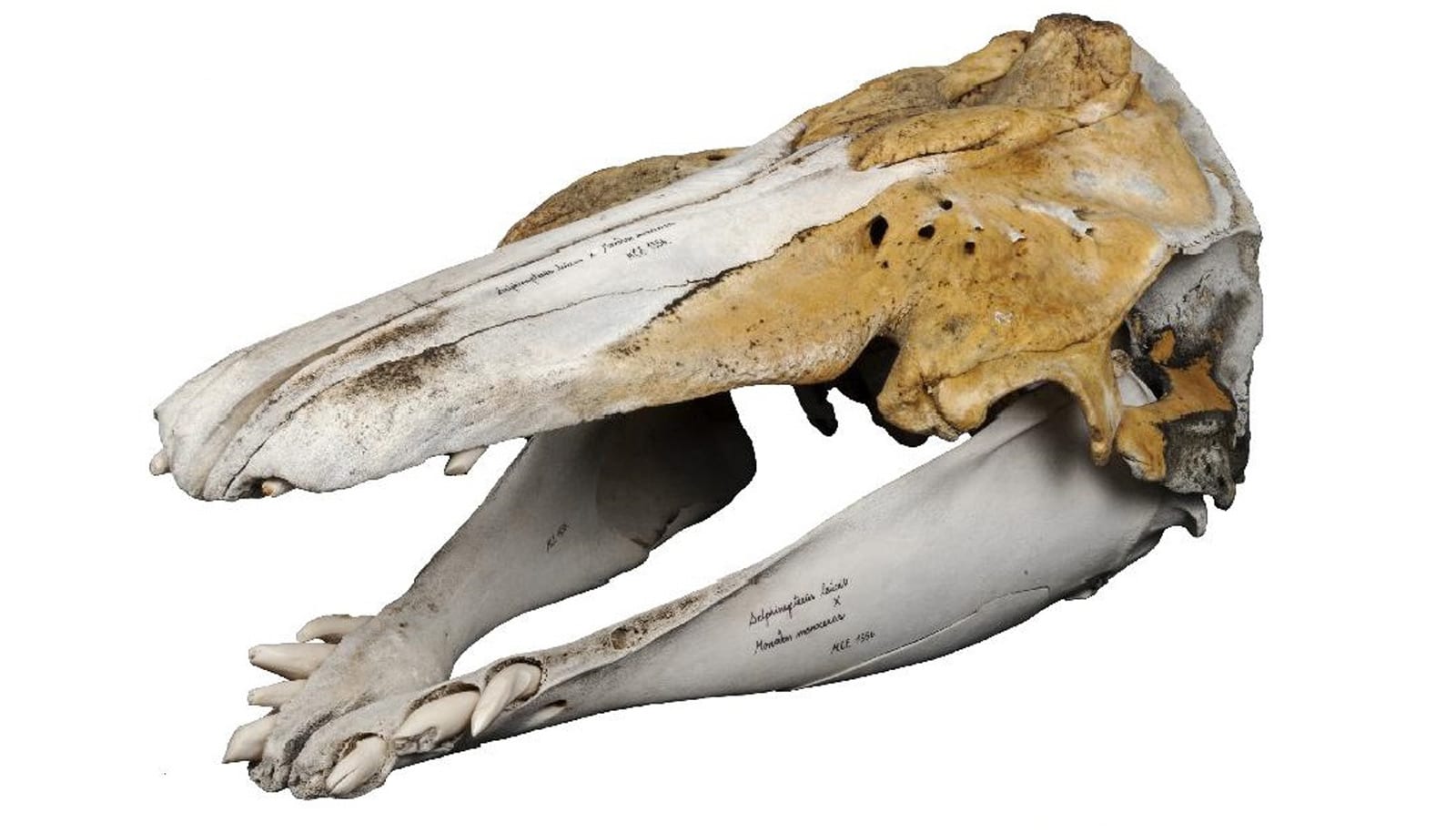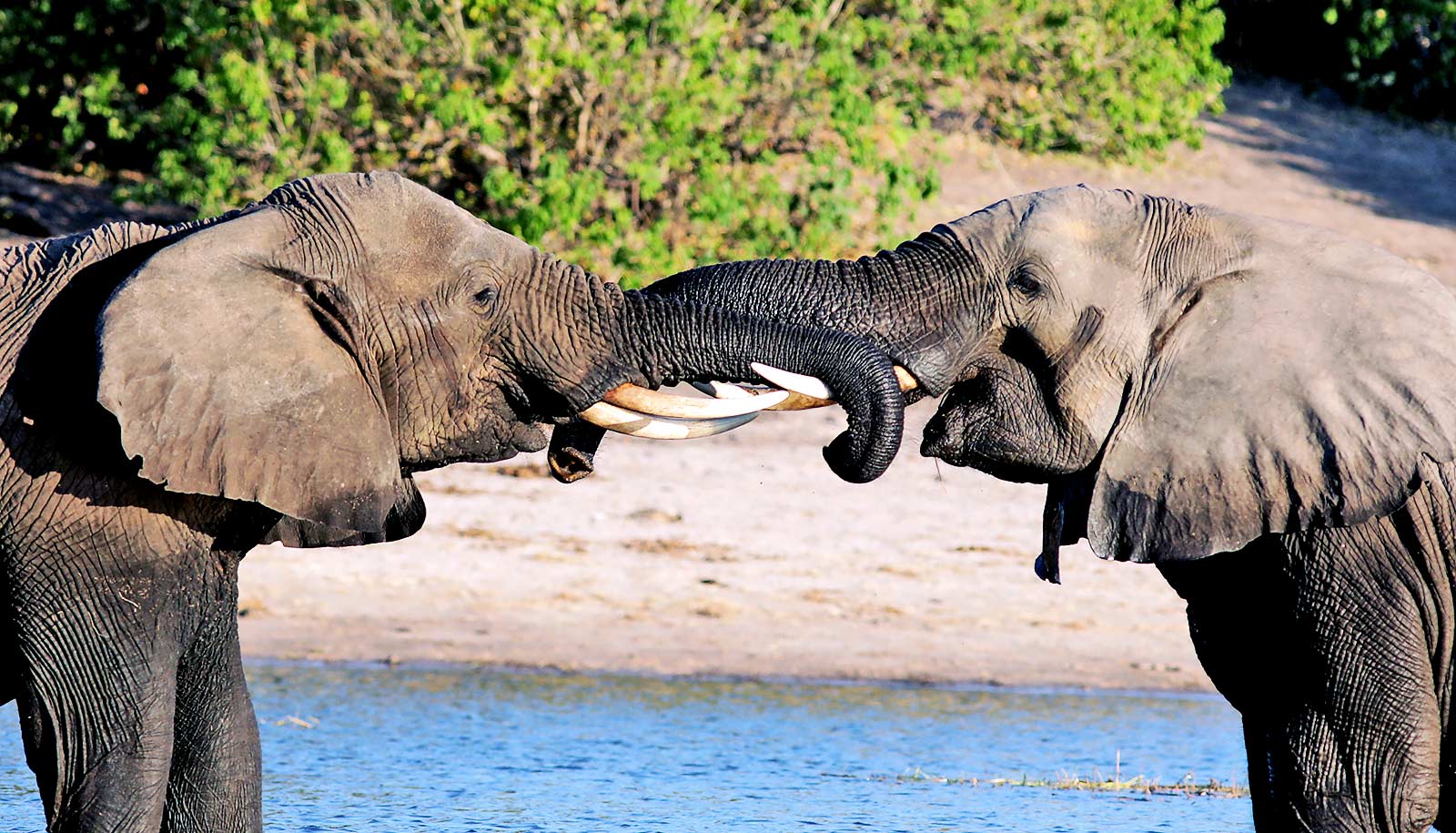Researchers have traced the first tusks back to ancient mammal relatives that lived before the dinosaurs.
Many animals have tusks, from elephants to walruses to hyraxes. But one thing today’s tusked animals have in common is that they’re all mammals—no known fish, reptiles, or birds have them.
But that was not always the case.
“Tusks are this very famous anatomy, but until I started working on this study, I never really thought about how tusks are restricted to mammals,” says lead author Megan Whitney, a postdoctoral researcher at Harvard University and a University of Washington doctoral alum.
“Tusks have evolved a number of times, which makes you wonder how—and why?”
“We were able to show that the first tusks belonged to animals that came before modern mammals, called dicynodonts,” says coauthor Ken Angielczyk, a curator at the Field Museum in Chicago. “Despite being extremely weird animals, there are some things about dicynodonts—like the evolution of tusks—that inform us about the mammals around us today.”
Dicynodonts lived from about 270 to 201 million years ago, largely before the so-called “time of the dinosaurs.” They ranged from rat- to elephant-sized. Modern mammals are their closest living relatives, but they looked more reptilian, with turtle-like beaks. One of their defining features is a pair of protruding tusks in their upper jaws. The word dicynodont means “two canine teeth.”
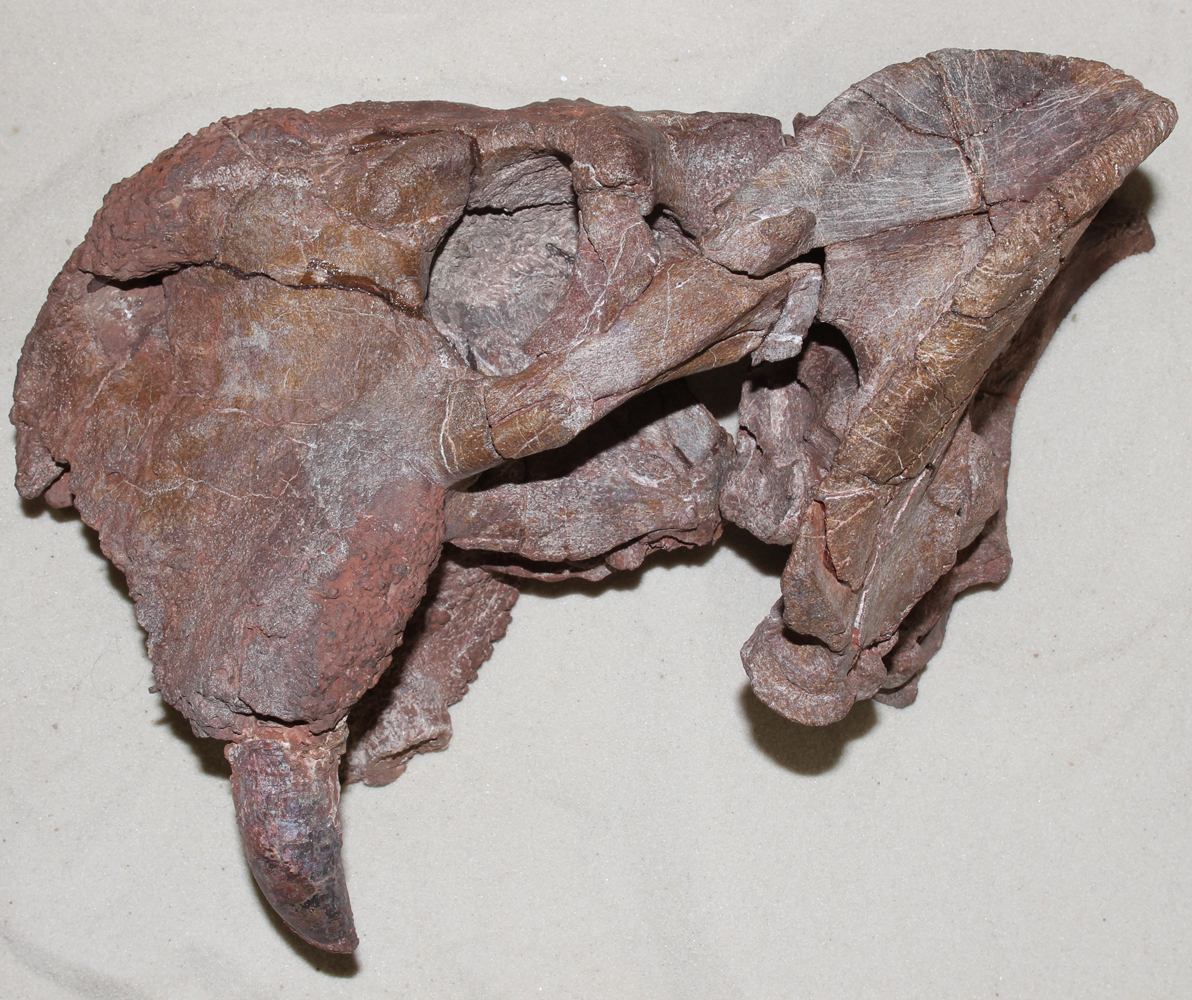
Not all protruding teeth are tusks. Their composition and growth patterns reveal whether they count.
“For this paper, we had to define a tusk, because it’s a surprisingly ambiguous term,” says Whitney.
For a tooth to be a tusk, the researchers argued it must extend out past the mouth, keep growing throughout the animal’s life and, unlike most mammals’ teeth—including ours—tusks’ surfaces are made of dentine rather than hard enamel.
Under these parameters, elephants, walruses, warthogs, and hyraxes have tusks. Other big teeth in the animal kingdom don’t make the cut, though. For instance, rodent teeth, even though they sometimes stick out and are ever-growing, have an enamel band on the front of the tooth, so they don’t count.
Some of the dicynodont tusks that the team observed in Zambia didn’t fit the definition of a tusk either: They were coated in enamel instead of dentine.
The different makeup of teeth versus tusks gives scientists insights into an animal’s life.
“Enamel-coated teeth are a different evolutionary strategy than dentine-coated tusks,” says Whitney. “It’s a trade-off.”
Enamel teeth are tougher than dentine. But because of the geometry of how teeth grow in the jaw, if you want teeth that keep growing throughout your life, you can’t have a complete enamel covering.
Animals like humans made an evolutionary investment in durable but hard-to-fix teeth—once our adult teeth grow in, we’re out of luck if they get broken. Tusks are less durable, but they grow continuously, even if they get damaged. It’s like the compromise of getting a car that’s very reliable but very difficult to get repaired, versus driving a beater that needs frequent repairs but is cheap and easy to fix.
The different kinds of teeth animals have evolved tell scientists about the pressures those animals faced that could have produced those teeth. Animals with tusks might use them for fighting or for rooting in the ground, exposing them to little injuries that would be risky for enamel teeth that don’t grow continuously.
To study whether dicynodonts tusks really were tusks, the researchers cut paper-thin slices out of the fossilized teeth of 19 dicynodont specimens, representing 10 different species, and examined their structure under a microscope. They also used micro-CT scans to examine how the teeth were attached to the skull, and whether their roots showed evidence of continuous growth.
The scientists found that some dicynodont teeth are indeed tusks, while others, particularly those of some of the earlier species, were just large teeth. It wasn’t a strict progression from non-tusks to tusks, though—different members of the dicynodont family evolved tusks independently.
They also discovered some adaptations that dicynodonts needed to evolve true tusks, including flexible ligament attachments between tooth and jaw and reduced rates of tooth replacement, according to Angielczyk.
The study, which shows the earliest known instance of true tusks, could help scientists better understand evolutionary processes.
“Tusks have evolved a number of times, which makes you wonder how—and why? We now have good data on the anatomical changes that needed to happen for dicynodonts to evolve tusks,” says coauthor Christian Sidor, a professor of biology and a curator at the Burke Museum of Natural History & Culture at the University of Washington. “For other groups, like warthogs or walruses, the jury is still out.”
Most of the dicynodont fossils analyzed in the study were collected during fieldwork in Tanzania and Zambia. These specimens, which are currently stored at the Burke Museum and other US museums, will be repatriated at the end of the project and become part of the permanent collections at the National Museum of Tanzania and the Livingstone Museum in Zambia. This partnership allows for researchers across the globe to study the fossils, and ultimately bring the specimens back to their home nations for further research.
Future studies could examine other dicynodont species and how their tusks—or non-tusks—developed. Sidor’s lab is one of a handful across the country where the fossilized bones and teeth are routinely analyzed at the microscopic scale.
“Thin-sectioning can also provide a lot of useful information, because bones and teeth can capture a record of an animal’s life in their tissues,” says Sidor. “On a tusk that’s ever-growing, the dentine records a daily measure of how fast the animal was growing. Did it grow faster or slower over certain seasons? Stop growing for a certain period of time? Creating thin sections of bones and teeth opens up a lot of other interesting things about the animal almost like analyzing tree rings. These are the types of questions we can continue to research.”
The study appears in the Proceedings of the Royal Society B. Additional researchers from Harvard University, the Field Museum, the University of Washington, and Idaho State University contributed to the work.
Funding for the research came from the National Science Foundation and National Geographic.
Source: University of Washington
